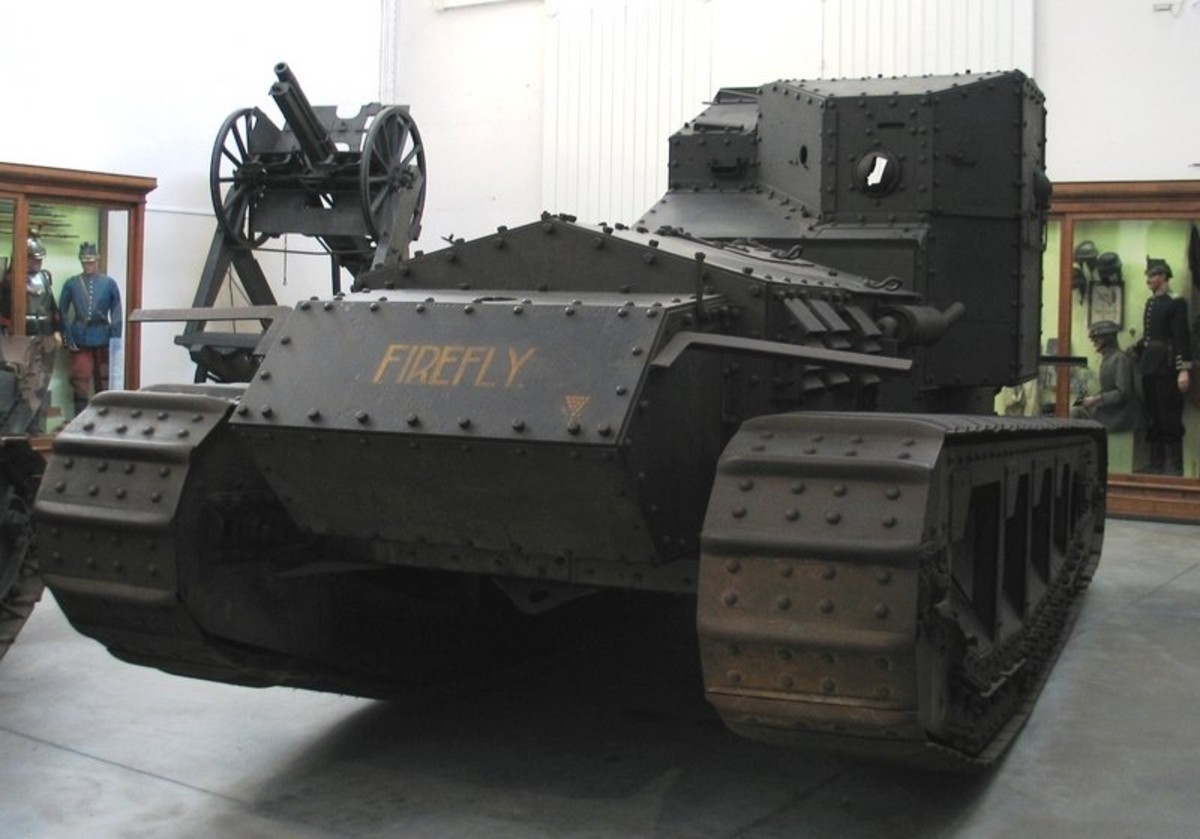

Other modifications included fitting stronger brakes and better track rollers and removing the teeth from the idler wheels at the front. Later in 1916 the wheeled tails, which were proving more trouble than they were worth, were removed and it was found that the tanks ran just as well without them. Eight others were shipped out to Palestine and saw action at Gaza, the first time tanks were ever used in a desert setting. Mark I tanks went into action for the first time on 15 September 1916 on the Somme. Both had a wheeled tail assembly at the back which could be used for steering and as a counter-balance when going over a ridge or even additional support when crossing a wide trench. Female tanks, on the other hand, each mounted two cumbersome sponsons, designed to carry two Vickers, water-cooled, heavy machine guns instead, with tiny escape doors at the back. Male tanks had sponsons, each one mounting a 57mm, six-pounder gun. The British Mark I was the first ever tank to see combat.ġ50 were built, divided into male and female types with 75 of each.


 0 kommentar(er)
0 kommentar(er)
